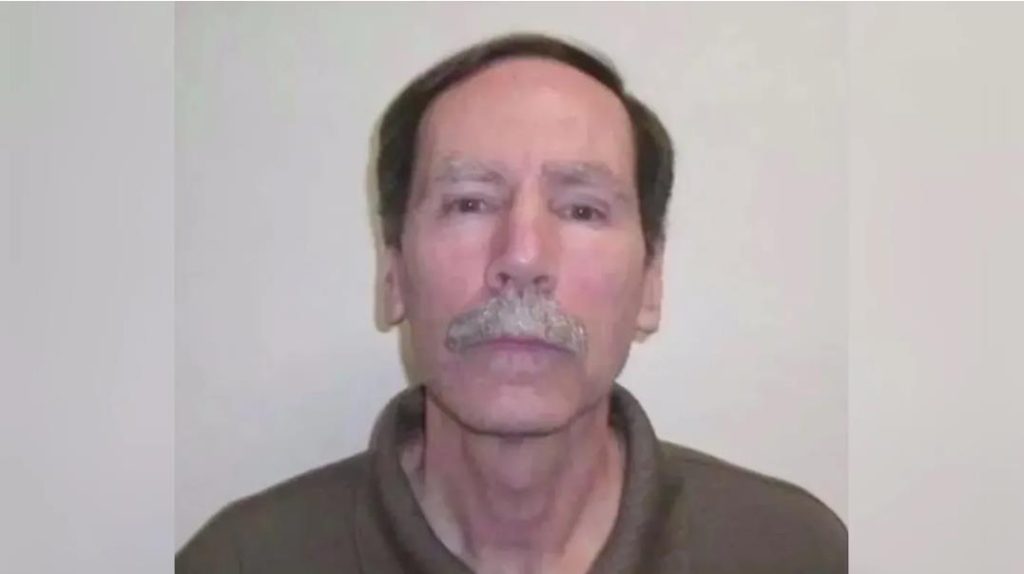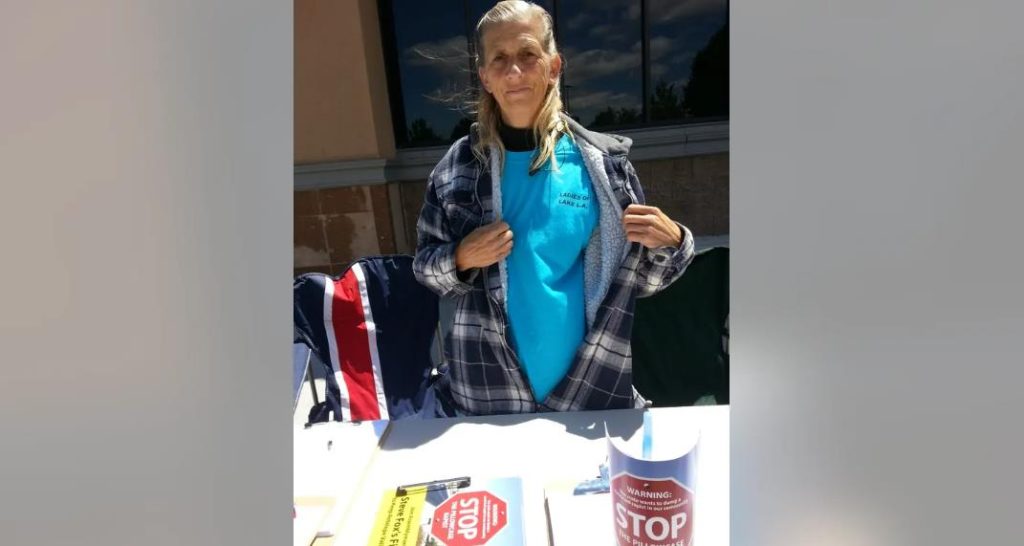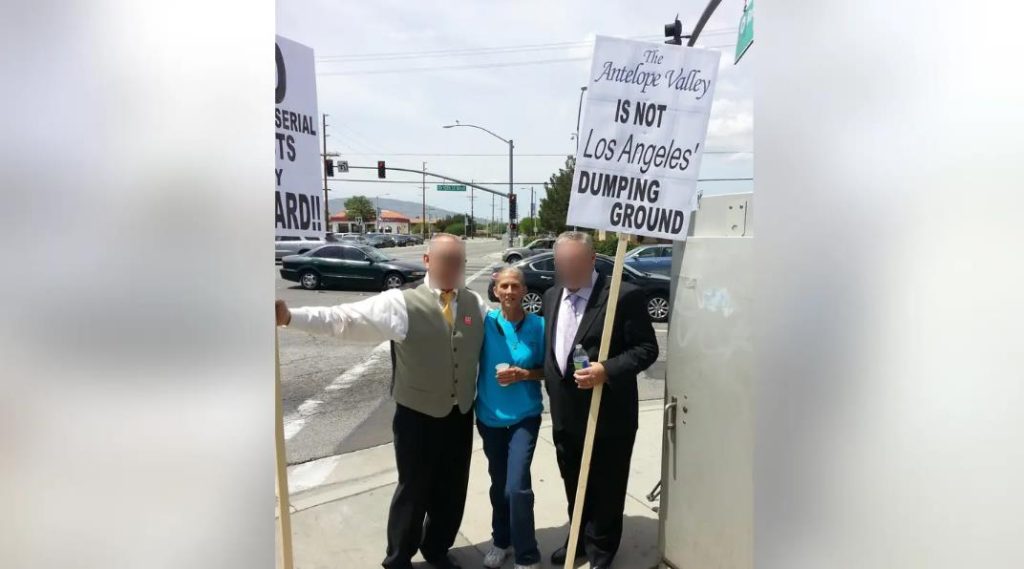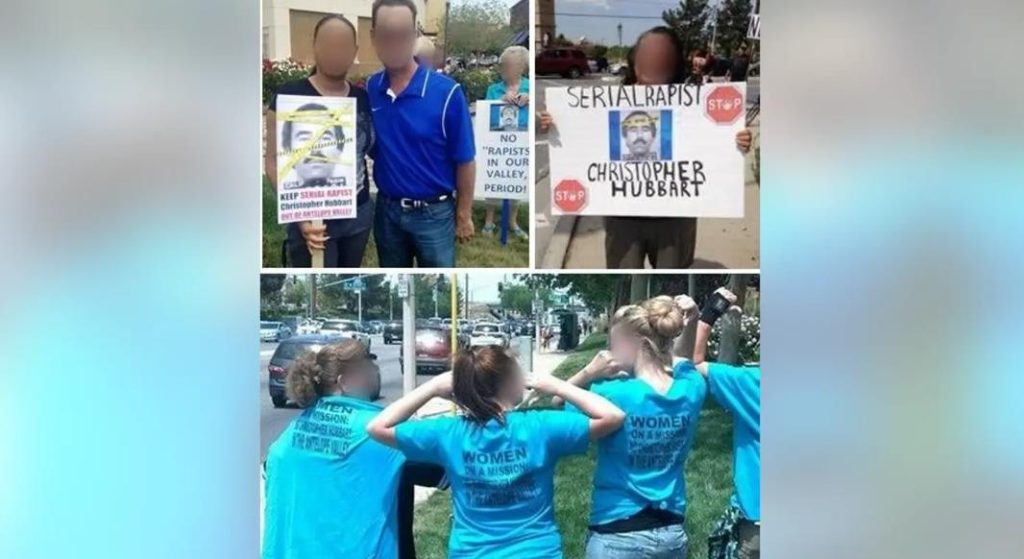A convicted serial sexual offender known as the “Pillowcase Rapist” is set to be released in California next month, and the community along with its leaders have been vocal about their opposition.
Christopher Hubbart, 73, was convicted in 1973, 1982 and 1990 in both Los Angeles and Santa Clara counties for a series of rapes and other sex crimes, according to the Los Angeles District Attorney’s office. He got his nickname because he used pillowcases to muffle the screams of some of his victims.
“It doesn’t matter where they put him, he’s going to rape again,” Cheryl Holbrook, who survived a rape herself as a freshman in high school, told Fox News Digital about the possibility of Hubbart’s release. “This guy is really bad, it doesn’t matter how old he is.”
The Department of State Hospitals has recommended Hubbart’s placement at an address in the Antelope Valley in the desert about 80 miles north of downtown L.A.

He was released nearly a decade ago with an ankle bracelet and placed in a home just east of Palmdale, California, amid opposition and protests from local residents.
Holbrook, 63, was one of these protesting residents, and she has been fighting against his release into the community since 2013.
She lived only 10 minutes away from Hubbart in 2014 and had the chance to speak with him directly at the time.
“He told us he will re-offend again. He’ll do it again,” she said.
Hubbart admitted to raping more than 100 women throughout California between 1971 and 1983, former Los Angeles County Sheriff John L. Scott said in a letter opposing Hubbart’s 2014 release.
“He is the most prolific and violent rapist I have encountered in 45 years of California law enforcement. He has been declared a mentally disordered and extremely dangerous violent sex offender,” the sheriff wrote.

Two years after Hubbart’s 2014 release, he was taken back into custody for violating the terms of his release. Holbrook noted he had failed multiple polygraph tests.
Hubbart was convicted in 1972 of raping 14 women, Scott wrote in his letter. After being paroled in 1983, he raped a woman on the same day of his release, then raped nine more women in the San Jose area that year before he was caught and returned to prison. Hubbart was again released in 1990 but was rearrested after he took a woman hostage.
Hubbart has an extensive arrest record for violent crimes including rape by threat, sodomy, oral copulation, burglary and false imprisonment, Scott added.
In 2021, the Department of State Hospitals recommended he was suitable to be conditionally released, which cleared the path for his pending release next month.

The Department of State Hospitals did not explain why Hubbart was deemed suitable to be released, citing patient privacy laws.
A court hearing is set for Oct. 1 to determine where Hubbart will be released, the District Attorney’s Office said in its release.
“Continuing to release sexually violent predators into underserved communities like the Antelope Valley is both irresponsible and unjust,” District Attorney George Gascón said. “Repeatedly placing these individuals in the same community shows a blatant disregard for the safety and well-being of our residents. Our deputy district attorneys will persist in opposing Mr. Hubbart’s placement in the Antelope Valley.”

Los Angeles County Supervisor Kathryn Barger has joined other elected officials in opposing the proposed release, citing “several reasons” for her stance in a letter to Los Angeles Judge Robert Harrison.
“The rural nature of this foothill community and its challenging terrain have impeded the development and availability of a robust communications infrastructure…cellular phone signals and service, landline services and internet connections are unreliable and inconsistent,” Barger’s letter read in part, “Should any elements of his conditional release require the use of these types of technologies to supervise or monitor Mr. Hubbart, failure is possible…and imminent.
“Also, should an emergency occur, law enforcement emergency response times are long…only two Sheriff’s deputies are assigned to the region where the proposed placement site is located. They alone are responsible for patrolling the southeast portion of the Antelope Valley, which spans hundreds of square miles.”

Holbrook noted a few other concerns about releasing Hubbart in the proposed area.
“There’s no fencing around the house,” she said. “They don’t run any lights at night, so it’s dark. It’s black, so he can break into or get into any house, any time.”
Hubbart’s possible release stirs up memories of Holbrook’s own sexual assault as a girl.
“It’s very scary wondering, you know, if he’s going to try to come and try to find us because he knows who we are,” she said. “Or is he going to rape a little girl again? It terrifies me.”